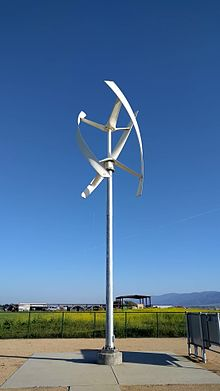Being able to aim your craft while sailing relies on balancing the forces of the wind with the forces you apply on the water.
The boat is long and narrow, and has much much more resistance to movement perpendicular to its hull than parallel. When you add a force from the sails, it lets you "lever" that wind force into force going the direction you want. In extreme "tacking" cases you are even sailing into the wind using its force to pull you towards it!
This means that naive designs won't work. A flat-bottomed boat will act more like a balloon than a ship, and will be tossed around by the wind in the direction the wind goes.
While keels can help, that keel needs to be reinforced against the forces and large enough to provide the force you need all alone; in effect you end up with a hull.
But not all is lost. Under newton's law, all forces generate equal and opposite reactions.
Make the ship long and narrow. Have it force a line into the water, actually shaping the water and forming an impression.
Going forward a relatively narrow section needs to be moved, while going sideways a much larger section of water.
So you'll want the ship to be shaped much like a hull; or, more accurately, so that the "virtual" hull around it caused by the repulsion field is shaped like a conventional hull.
Defence against waves acts similarly, except the shape we care about is the virtual hull instead of the hull. Note that "holes" in the virtual hull may be harder than holes in a hull if the effect radiates out in all directions.
If the "virtual" hull can be shaped without shaping the hull things can get interesting. Does the effect end when you leave line of sight? Then you could do interesting things with "covers" to turn off/on the effect.
Imagine a tube picking up water. It fills a chamber. Then the entry tube is closed, the repulsion field is "turned on", firing the water out the rear. Then it is turned off, feeding more water into the chamber.
What more, the "hull" of the ship need not be solid. It could be a net of treated material held rigid in a frame. The virtual hull would be far smoother than the net, and would have no gaps.
Rowing could be done out holes in this "hull", extending through the virtual hull unopposed, and pushing against the water. The surface area of rowing would be larger than on a conventional ship, who is mostly limited by the water-air barrier around the ship.
The oars themselves could be treated with this substance and never themselves get wet. If you could cover up the effect, "oars" that permit that could be used for propulsion, generating an effect similar to the "jet" above.


